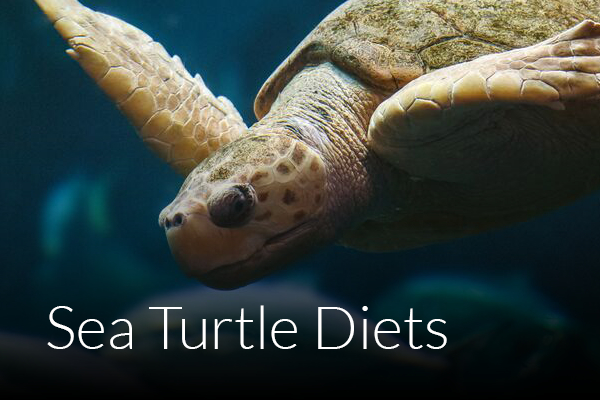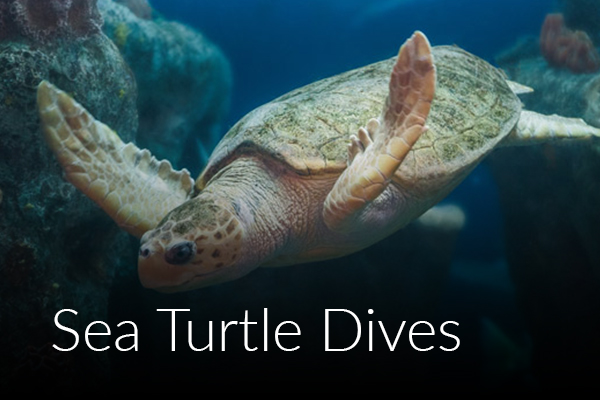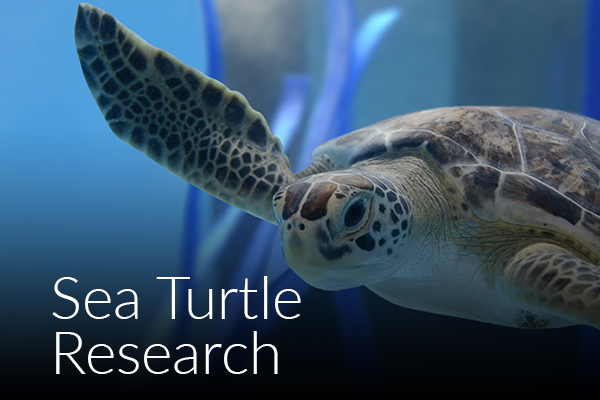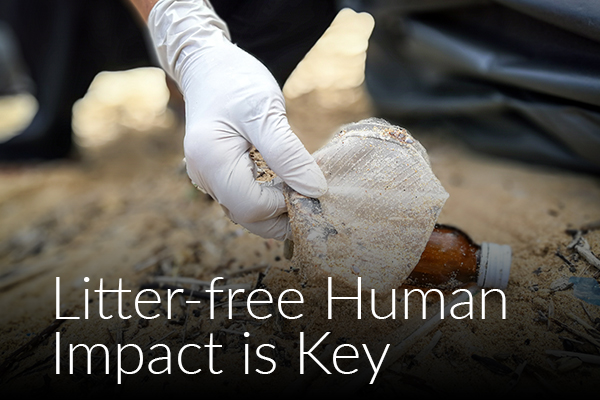Human Impacts
The South Carolina Aquarium, in partnership with teachers, has created this online curriculum for teachers to use with their students in the classroom. One of the curriculum themes for High School is Human Impacts. The activities teach concepts that build on this theme. All activities are based upon South Carolina Science Standards, and each activity contains background information, procedures, materials lists, standards addressed, assessments, curriculum extensions and resource lists. We hope teachers will enjoy this resource!
If you are a teacher planning to participate in our Human Impacts (Sea Turtle Emergency Room) School Program, we recommend completing 3 activities before your program. Those activities include: A Sea Turtle’s Life, Sea Turtle Diets and Sea Turtle Strandings. The most important activity being A Sea Turtle’s Life.
We have added at-home and virtual learning modifications to our recommended activities. Be sure to see how you can engage your students at-home and virtually with our activities!







